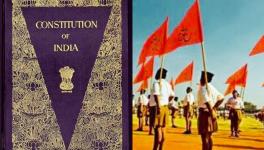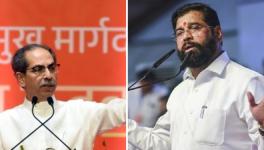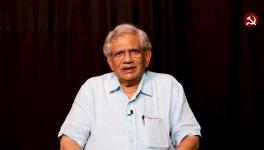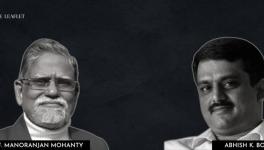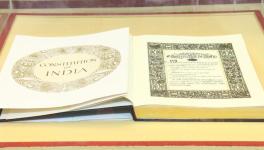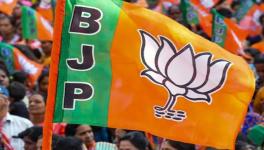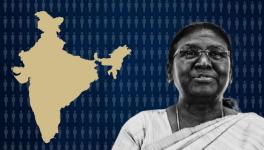33 Years After 1984 Sikh Massacre, Where is the Justice?
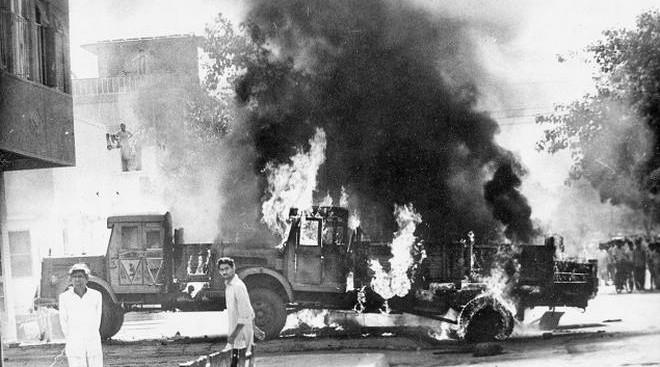
Credits: The Hindu
As the nation pays respects to Indira Gandhi on her death anniversary, this article is an attempt to recount the memory of the violence which followed. They are called the Riots of 1984. The use of word riot regarding the incident is a misnomer as it implies that there was violence from two or more sides, when in reality it was one sided violence against the Sikh community.
31st October 1984 started out as an ordinary morning which soon turned into one of the most violent pages of Indian history. The then Prime Minister of India, Indira Gandhi, was assassinated by her two bodyguards. Operation Blue Star which was carried out on Ms Gandhi’s orders is said to be the reason behind the murder. The operation involved firing on the Golden Temple, the most sacred gurdwara of the Sikh community, to force out the militants hidden inside. This action steeped great anger into the Sikh community which is said to have resulted in the killing of Indira Gandhi.
All India Radio announced to the nation that the bodyguards were Sikh and the following day, anti-Sikh violence erupted in many places in the country. The violence went on for several days and cost lives of 2,733 Sikhs in Delhi alone. Besides Delhi, Kanpur and Bokaro were the worst hit by violence. Officially, 3,325 Sikhs were murdered all over the country during those few days of violence. But the unofficial figure is somewhere around 8,000. There are no records of the number of rapes which took place during the period.
In Delhi, the worst hit areas were low-income neighbourhoods like Trilokpuri, Shahadra, Mongolpuri, Sultanpuri etc. The victims and witnesses of the horrendous incidents allege that the leaders and members of the then ruling party Congress were out on streets to avenge the death of their beloved leader. Congress leaders like HKL Bhagat, Sajjan Kumar and Jagdish Tytler were accused by the victims and eye-witnesses to have provoked the people against Sikhs and also of actively participating in the violence. It is also alleged that they used voter lists to identify the houses of Sikhs. The role of police is also under scrutiny as they are accused of inaction to prevent the violence or even save the victims. The extent of violence was such that the army was deputed. But there are allegations that they weren’t provided the proper maps of the city to prevent them from stopping the violence.
The violence of 1984 is different from other incidents in terms of civil society’s interventions. People’s Union for Democratic Rights (PUDR) and People’s Union for Civil Liberties (PUCL) published a report of their investigation from November 1 to November 10 1984. The report consists of accounts of victims, police officers, neighbours of the victims, army personnel etc. In the report it is stated that Sikh males largely from the age-group of 20-50 were the victims. One can infer from this that the violence was strategic regarding identifying victims as the deaths of these would eventually affect the future generations in terms of population.
In 2013, the then Minister of State for Home, Mullappally Ramachandran, in his reply to a written question told the Lok Sabha that in Delhi 650 cases were registered in which 3,163 persons were accused and out of these 2,706 have been acquitted. Only 442 were convicted and 15 were still facing trial in 2013.
In December 2014, Modi government set up a panel to examine the pending cases of the anti-Sikh riots. In February 2015, the panel recommended that a Special Investigation Team (SIT) should be formed. The SIT closed 241 cases out 293. In August 2017, Supreme Court set up a panel to examine and scrutinise these closed cases.
The anti-Sikh violence of 1984 is one of the most horrendous acts of violence that independent India has seen. But if we look at the rate of conviction, it seems that nobody killed those thousands of people. Congress leaders who were involved in the violence were never convicted, and now they are either dead or acquitted.
November of 1984 is still an open wound for the victims and families of victims, for the people who stand against such violence, and for the judicial system. Only justice can bring some relief to those whose lives were changed forever; the people who have lived in two worlds, one before 1984, and one after.
Disclaimer: The views expressed here are the author's personal views, and do not necessarily represent the views of Newsclick.
Get the latest reports & analysis with people's perspective on Protests, movements & deep analytical videos, discussions of the current affairs in your Telegram app. Subscribe to NewsClick's Telegram channel & get Real-Time updates on stories, as they get published on our website.









